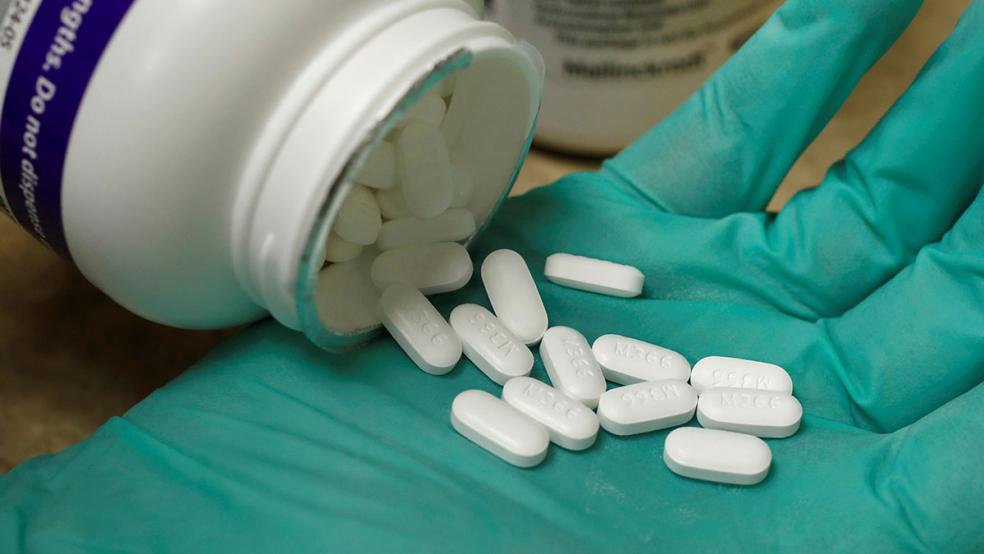The budget deal passed by Congress this month includes a provision to close a coverage gap for prescription drugs under Medicare Part D in 2019, a year earlier than scheduled. But Kenneth E. Thorpe, a professor of health policy at Emory University, warns at the National Review that what many are calling a big win for patients could wind up being problematic.
At issue is what’s called the “Medicare doughnut hole” — a gap in prescription drug benefits that AARP calls “the most criticized and unpopular part of the Medicare prescription drug program.” Here’s Thorpe’s explanation of the doughnut hole:
“With the standard benefit, Part D enrollees have to pay the first $405 in drug costs out of pocket. Then proper coverage kicks in, covering about 75 percent of their expenses. However, once enrollees spend $3,750 on medicines, that normal coverage falls away and their out-of-pocket costs spike significantly. Suddenly, they’re responsible for 35 percent of brand-name-drug costs and 44 percent of generic ones.
“Part D patients keep facing those higher expenses until their annual drug spending hits $5,000, at which point the program’s catastrophic coverage kicks in and their portion drops way down, to just 5 percent.”
Under Obamacare, that coverage gap was set to be completely filled starting in 2020. The new budget deal fills the hole in 2019 by requiring drug companies to provide 70 percent discounts on the cost of drugs for enrollees in the gap — up from 50 percent currently. Insurers would see their share of the costs in the coverage gap fall from 25 percent to 5 percent.
It’s this structure that Thorpe warns could backfire:
“Previously, insurers had some incentive to drive drug costs down and keep patients out of the doughnut hole: The insurer still had to pick up a big chunk of the drug costs once the patient fell into the gap.
“That’s a big reason why Part D insurers have aggressively encouraged the use of generic drugs, which typically cost a small fraction of the brand names on which they’re based. … This new budget provision eliminates that incentive. Insurers will now bear just a tiny fraction of the doughnut-hole expenses — so they’ll have little reason to keep costs under control. In fact, they may even have a reason to drive costs up: The sooner patients hit that catastrophic-care threshold, the sooner the government steps in and takes over virtually the entire bill.”
Even if that dynamic plays out, though, the new rules might still save the government money overall. An analysis by Avalere Health, a consulting firm, earlier this month acknowledged that federal spending might rise “as patients move through the coverage gap faster,” but still concluded that the benefits of the new rules will outweigh the costs and “on balance the federal government will save money with this change.”





